Reimagining Utopia in New Lanark: Heritage as a Method to Build Peace
Published: 10 October 2024
Hope Wang explores how heritage can be a pathway to peace through a participatory workshop with New Scots at the New Lanark World Heritage Site
By Hsiao-Chiang Wang (Hope)
Heritage stands at the frontline of conflict – it must be at the frontline of any strategy for peace
- UNESCO’s Director General Irina Bokova declared in a UN Security Council meeting (UNESCO, 2015)
While New Lanark is the physical representation of Robert Owen’s Utopian vision of a society, it can also become a place that empowers people to discuss their rights and imagine their ideal society. By leveraging its historical significance and cultural heritage, New Lanark can serve as a dynamic platform for dialogue and creative expression, inspiring participants to explore contemporary social issues and envision a future that reflects shared values.
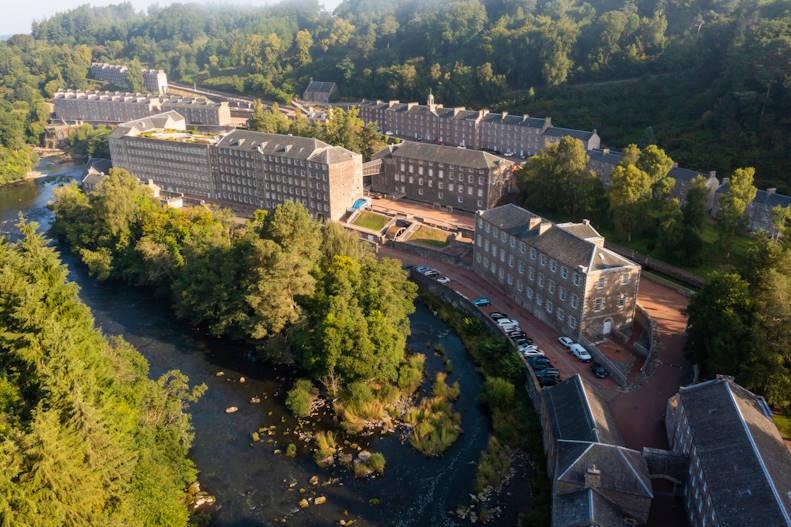
Figure 1 The panoramic view of New Lanark (source: New Lanark trust)
Heritage Interpretation as a peacebuilding process
Since 2022, marking over fifty years since the inception of the World Heritage Convention, there has been a growing emphasis on heritage interpretation, its definition, potential, and societal impact. The creation of the International Centre for the Interpretation and Presentation of World Heritage Sites (UNESCO-WHIPIC) aims to broaden the interpretation and presentation of World Heritage values inclusively and to contribute to the enduring significance of these sites. Silberman (2022) contends that heritage is defined by its actions, challenging the traditional notion of cultural heritage as timeless. Lixinski and Zhu (2024) propose three potential applications of heritage in transforming conflict into peacebuilding, including (1) Remembering conflict for justice, (2) Contestation, negotiation, and dialogue, and (3) Reconciliation and prevention.
Heritage scholars increasingly recognize the potential of interpretation to shape personal identities, reveal shared humanity, and promote diversity (Robinson, 2022; Lixinski & Zhu, 2024; Zhu, 2023). World Heritage Sites, known for their Outstanding Universal Values (OUV), should enhance their interpretative approaches to cater to diverse audiences and explore shared values through community connections, integration of intangible heritage, and cross-cultural interpretations (Robinson, 2022). Often at the forefront of conflicts and peacebuilding efforts, these sites foster shared values that transcend national boundaries, encourage intercultural dialogue, and advocate cultural diversity (Di Giovine, 2010).
Exploring and Reimagining Utopia at New Lanark
The OUV of New Lanark
To explore how heritage can be a pathway to peace, we focused our efforts on New Lanark. This 18th-century industrial village, inscribed as a World Heritage Site in 2001, stands as a tangible representation of Robert Owen's utopian socialist vision. Its Outstanding Universal Values include:
- Criterion (ii): A model for industrial communities that influenced the world in the 19th and 20th centuries.
- Criterion (iv): The construction of well-designed and equipped workers’ housing and public buildings aimed at improving both the spiritual and physical needs of residents.
- Criterion (vi): New Lanark is synonymous with Robert Owen and his social philosophy, which significantly impacted progressive education, factory reform, humane working practices, international cooperation, and garden cities from the 19th century onwards.
Beyond its status as a historical landmark, New Lanark embodies Owen's humanistic principles and socialist philosophy. This research seeks to delve into the deeper truths behind authoritative presentations, foster dialogues among individuals with diverse perspectives, and uncover shared values through active participation.
To this end, we collaborated with Lydia Housley, Heritage Education Officer, and Brittnee Leysen, Senior Heritage and Events Officer at New Lanark, to design a workshop with New Scots. The discussions were guided by the following questions:
- After more than a century, how does the site created by David Dale and Robert Owen influence individuals from various parts of the world?
- How can the New Lanark WHS redesign its educational approach to better address people’s spiritual and physical needs?
- While New Lanark represents the physical legacy of Robert Owen’s utopian dream, can it also become a place that empowers individuals to discuss their rights and envision their ideal society? Participatory Drawing and Elicitation techniques
Participatory Drawing
Drawing was employed as a visual research method that enables participants to express perspectives that might otherwise be overlooked, rejected, or silenced. This method was chosen not only for its practicality and accessibility but also for its ability to address participants' needs, the core topic, and research objectives.
Language is always a central issue, and for people who do not feel confident and safe using their own language during conversations, it is difficult to shape heritage interpretation. Drawing allows participants to visually communicate their ideas, overcoming language barriers. Moreover, in response to the question, ‘What is your utopian vision of a society?’ drawing offers a unique platform for expressing hope, ideas, and imagination in ways that other mediums, like photography, may not fully capture. Finally, as the workshop explores relevant questions for individuals and society, participatory drawing promotes shared thoughts and mutual inspiration among participants.
Different words about a shared World
The workshop began with the ‘Weaving the Words, Weaving the World’ activity. Each participant wrote “ideal world” in their native language and defined the concept of Utopia in their own words.
'یوٹوپیا: میرا یوٹوپیا ایک ایسی سرزمین ہے جو زمین کے ہر بچے کو یکساں طور پر ناقابل اعتماد ‘آرمان شهر’
‘A society where no one is judged and every voice is heard.’
‘میرا یوٹوپیا ایک ایسی سرزمین ہے جو زمین کے ہر بچے کو یکساں طور پر ناقابل اعتماد دھوپ بھرتی ہے، بچے چائلڈ لیبر، بدسلوکی سے آزاد ہوں گے۔’
‘Ezigbo uwa bu ebe onye niile na ebi n'udo’
‘桃花源’
‘Aroha’
‘自由做夢的地方’
‘A good world is a place where everyone lives in peace.’
‘A land that fills equally distrusting sunshine to every child of the earth, kids will be free of child labour, and abuse.’
‘Just like my home.’
Our participation revealed that Utopia does not have a single meaning. Sadaf described it as the feeling of sunshine burning our faces. Noel shared his wisdom from Igbo, telling us that Utopia means a place of water, where everyone shares rather than fights over it. Mehrdad said it is the freedom to laugh anytime, anywhere.
As we reflect on our time at New Lanark, it is clear that heritage is a living, evolving dialogue—one that invites us to question, connect, and envision new possibilities. Through this process, we not only honour the past but actively shape a more inclusive and reflective future.
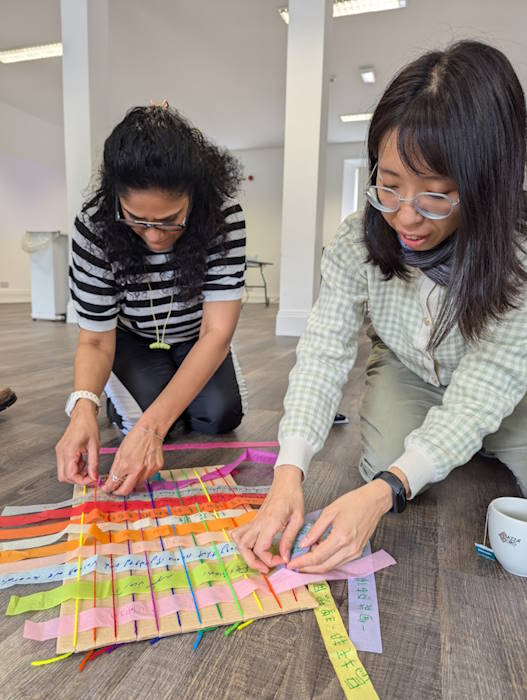
Figure 2 weaving and sharing our words (Source: Hope)
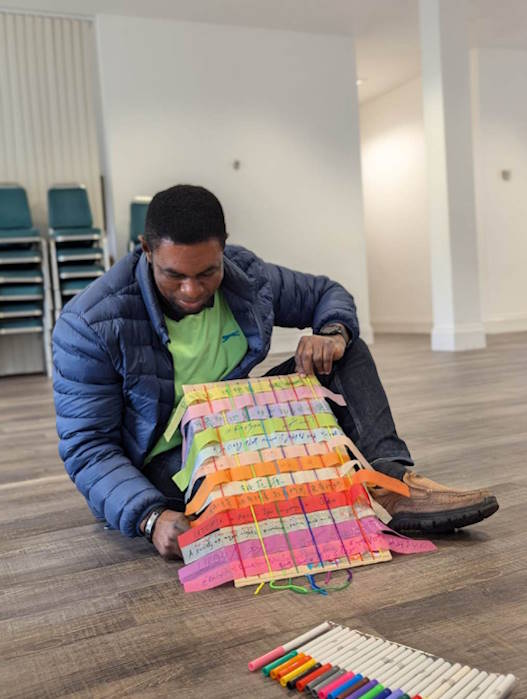
Figure 3 weaving and sharing our words (Source: Hope)
After weaving colourful paper strips to create a vibrant depiction of Utopia, we explored New Lanark. Lydia provided an in-depth introduction to New Lanark and Robert Owen. Our tour began in the main mill building and included the Annie McLeod Experience. We observed the machinery used in thread production, discussed working rights and policies, and explored the origins of cotton, the slave trade, and the impacts of the Industrial Revolution. The roof garden was particularly memorable, with participants reflecting on whether past mill workers also deserved the right to enjoy a tranquil life. Our final stop was the Robert Owen School for Children, where participants were impressed by Owen’s educational vision but debated whether education was designed for personal aspirations or managerial efficiency.
Returning to the river room for tea, we reimagined Utopia. Most participants used mixed media, including collages, colouring, and drawing. Community artist Sih Ying Hsieh (Iris) contributed her ideas and facilitated the drawing and conversations. She encouraged participants to first visualize a landscape, then insert themselves into the image, and finally add elements they would like to live within their depiction.
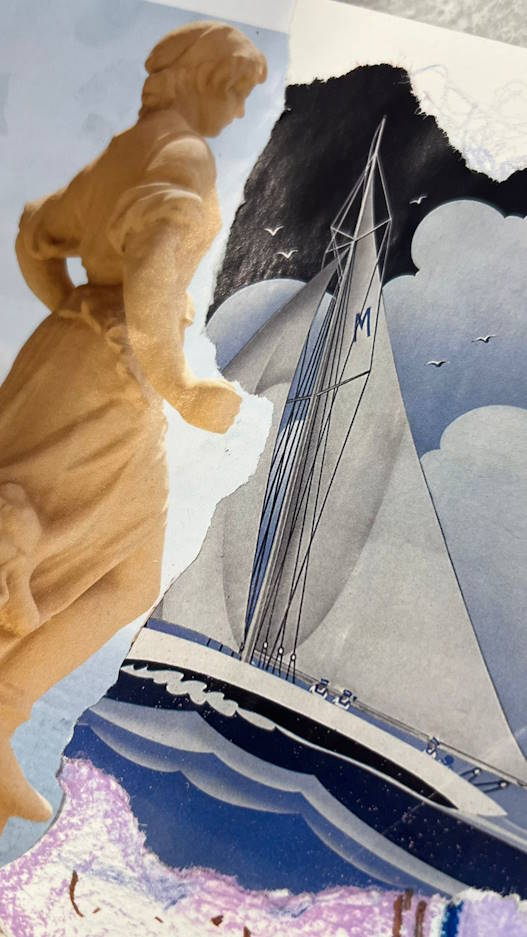
Figure 4 'Heritage is important for me because it lets me know who I am.' (source: Mehri)
Everyone created their utopia images and shared their ideas. If empowerment means the transfer of interpretative power from authority to the community, we saw participants develop a sense of belonging and ownership over this site.
Lydia shared her idea with us:
‘So, since heritage is important for many people, I think it's wonderful to see how much people today are connected with the site. My role is to create our own little utopia here—a space where people feel welcomed, have a sense of ownership, belong, and can create happy memories together.’
The workshop evidenced what Tilden, Craig, and Dickenson (2008) observed: heritage is a process, not a product; heritage interpretation is collaboration, not passive instruction; and heritage visitors are a memory community, not mere information receivers.
Heritage and peacebuilding ongoing Participatory action research
In a world facing turmoil and violence, we must find ways to use heritage as a method for building peace. Heritage is what heritage does, and so too is humanity. There has never been a greater need for peace and hope like today. We believe that the participation of refugee communities can be the momentum for heritage, and heritage can be the method for peacebuilding.
The exploration of New Lanark offers more than a glimpse into a historical experiment; it presents a unique opportunity to engage with the evolving narrative of social values and heritage. Through our journey, we have connected New Lanark's historical legacy with contemporary issues and aspirations. This site is not just a relic of the past but a beacon for understanding and shaping our present and future. Our discussions and activities have sparked new ideas for creating inclusive educational approaches. By reflecting diverse community perspectives, we can enrich how we interpret and teach heritage, ensuring it resonates with and empowers a wide range of audiences.
New Lanark has become more than a site; it is a canvas for building a deeper connection to our heritage. By engaging with its history and ideals, participants have strengthened their sense of place and cultural identity, fostering a renewed appreciation for the values that shape our collective experience.
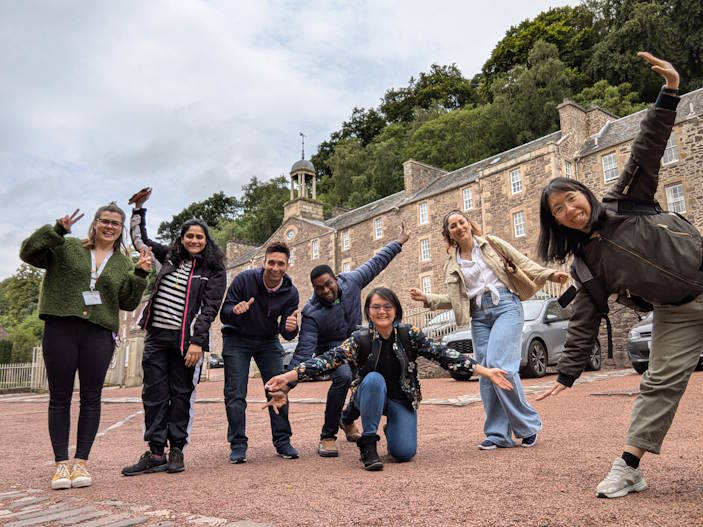
Figure 5 Reimagining Utopia: New Lanark Participatory Drawing workshop (Source: Hope)
Acknowledgements
We extend our deepest gratitude to all the participants whose creativity and insights enriched this project. Special thanks to Lydia Housley and Brittnee Leysen of New Lanark for their invaluable support and expertise, and to Sih Ying Hsieh (Iris) for guiding the artistic expression that brought our discussions to life. We also thank the New Lanark Trust for providing the platform that made this meaningful exploration possible. Your collective efforts have made this journey truly impactful.
About the author
Hope Wang is a researcher with UNESCO RIELA at the University of Glasgow.
References
Barton, K.C. (2015) Elicitation Techniques: Getting People to Talk About Ideas They Don’t Usually Talk About. Theory & Research in Social Education. 43 (2), 179–205. doi:10.1080/00933104.2015.1034392.
Di Giovine, M.A. (2010) World Heritage Tourism: UNESCO’s Vehicle for Peace? Anthropology News. 51 (8), 8–9. doi:10.1111/j.1556-3502.2010.51808.x.
Literat, I. (2013) “A Pencil for your Thoughts”: Participatory Drawing as a Visual Research Method with Children and Youth. International Journal of Qualitative Methods. 12 (1), 84–98. doi:10.1177/160940691301200143.
Lixinski, L. & Zhu, Y. (2024) Heritage, Conflict, and Peace-Building. 1st edition. London, Routledge. doi:10.4324/9781003407331.
Martikainen, J. & Hakoköngäs, E. (2023) Drawing as a method of researching social representations. Qualitative Research. 23 (4), 981–999. doi:10.1177/14687941211065165.
Robinson, M. (2022) A World of Difference? Missed Opportunities in the Interpretation of World Heritage Sites. In: M.-T. Albert, R. Bernecker, C. Cave, A.C. Prodan, & M. Ripp (eds.). 50 Years World Heritage Convention: Shared Responsibility – Conflict & Reconciliation. Springer. pp. 74–101.
Silberman, N. (2022) What is World Heritage Interpretation and Presentation? World Heritage: 50 Years and Moving Forward - An Anthology of World Heritage Interpretation and Presentation, Neil Silberman (ed.), International Centre for the Interpretation and Presentation of World Heritage Sites under the auspices of UNESCO, Sejong City, Republic of Korea. https://www.academia.edu/94663708/What_is_World_Heritage_Interpretation_and_Presentation.
Tilden, F., Craig, R.B. & Dickenson, R.E. (2008) Interpreting our heritage. 4th ed., expanded and updated. Chapel Hill, NC, Univ. of North Carolina Press.
UNESCO (2015) Irina Bokova at Chatham House: Culture must be at the Frontline of Peace | UNESCO. 1 July 2015. https://www.unesco.org/en/articles/irina-bokova-chatham-house-culture-must-be-frontline-peace [Accessed: 29 July 2024].
Zhu, Y. (2023) The Ladder of Heritage Interpretation. The Ladder of Heritage Interpretation (in the book: World Heritage : 50 Years and Moving Forward). https://www.academia.edu/94736253/The_Ladder_of_Heritage_Interpretation.
First published: 10 October 2024

